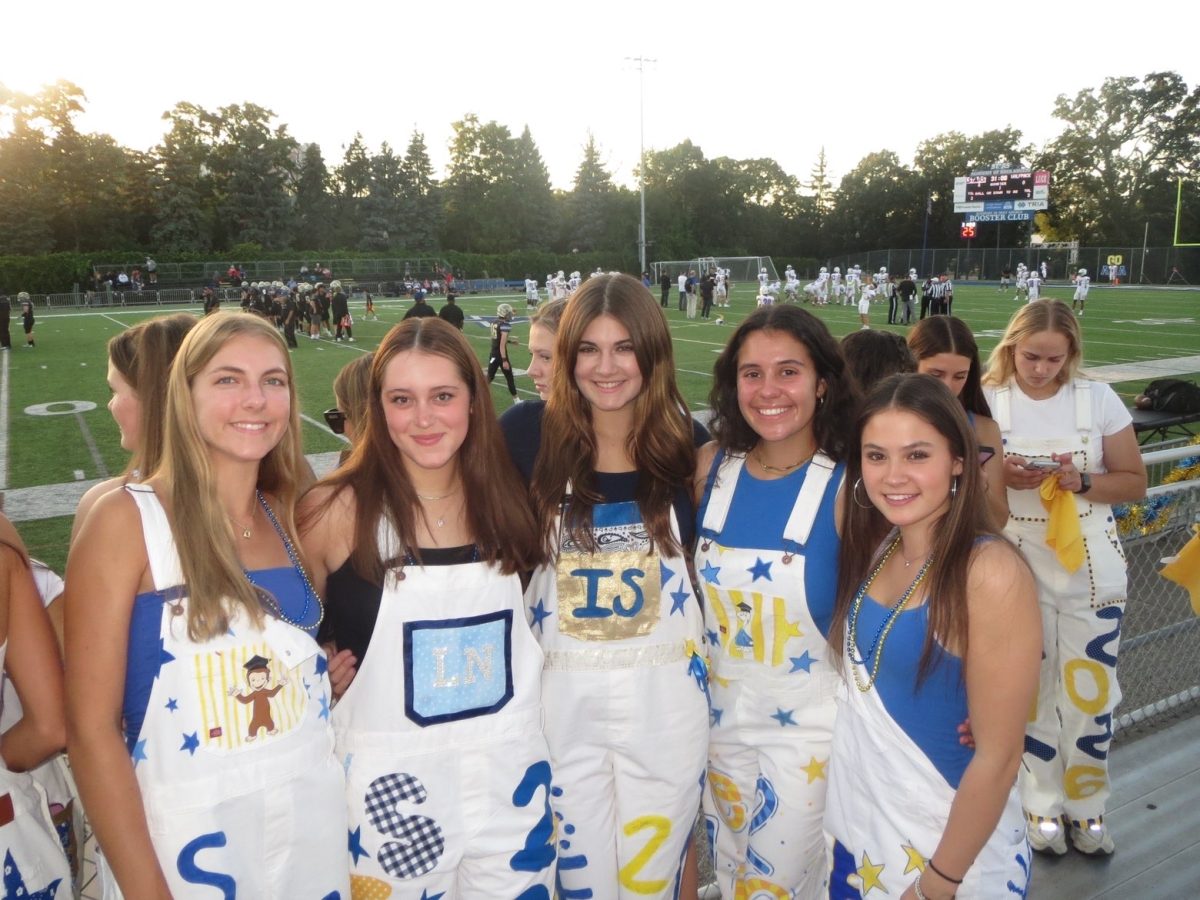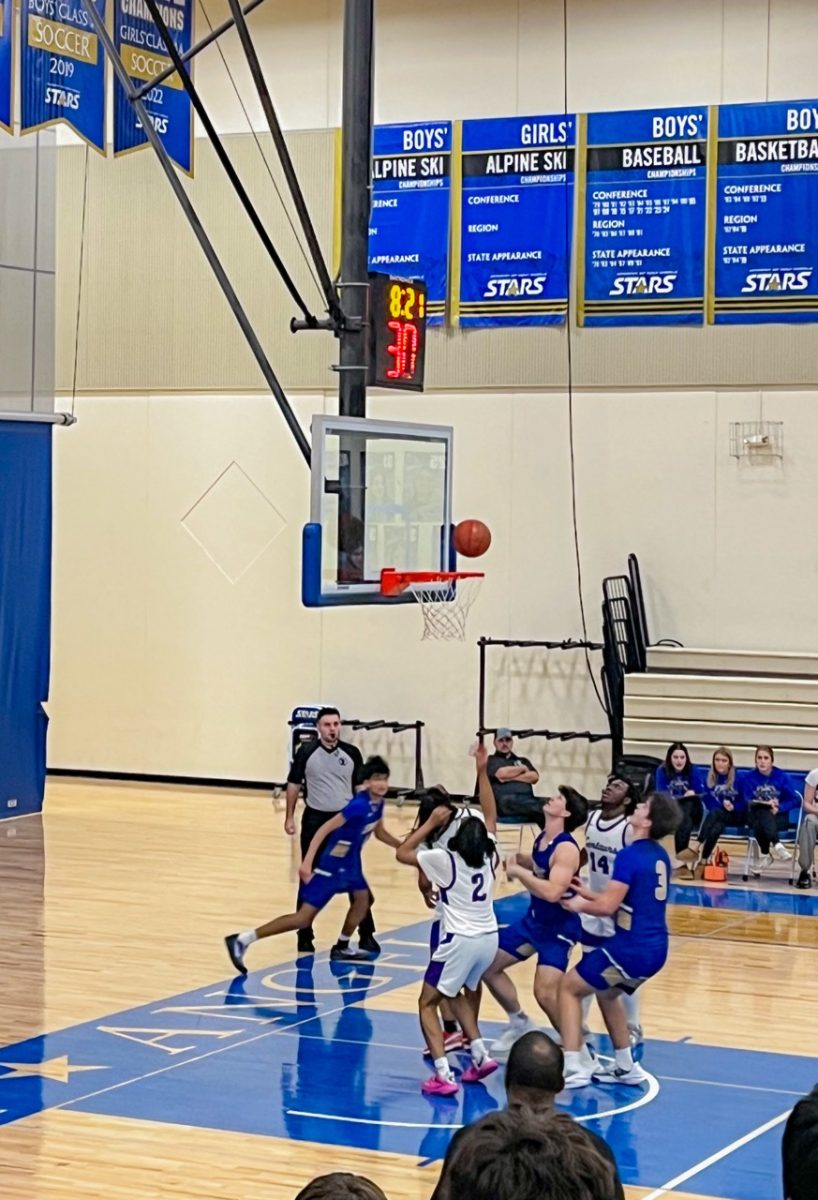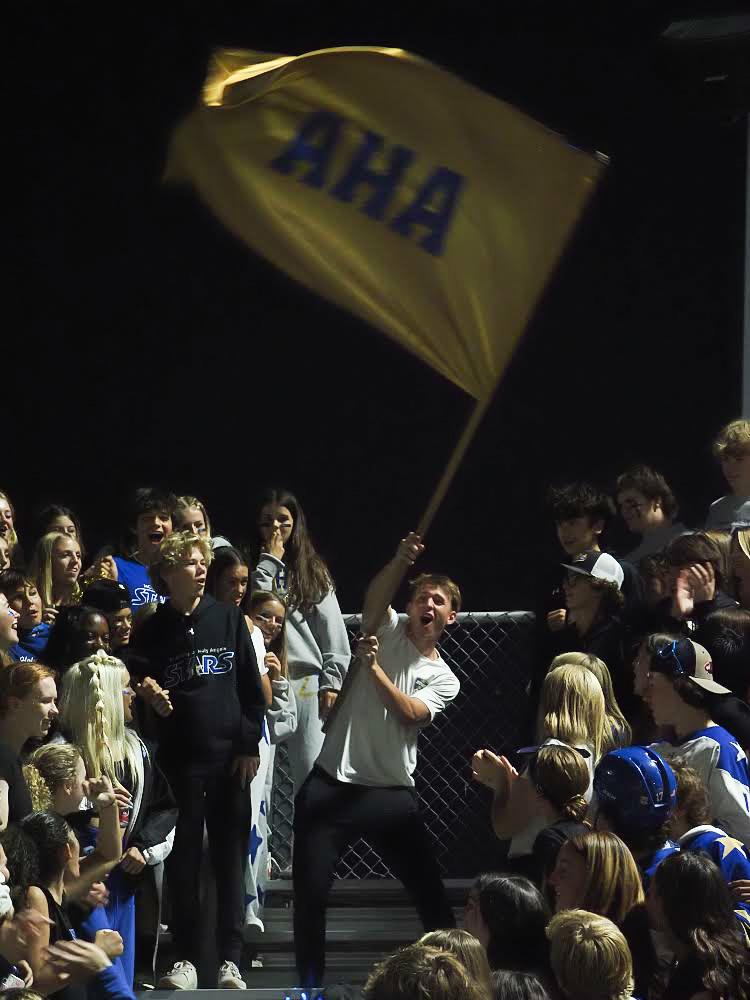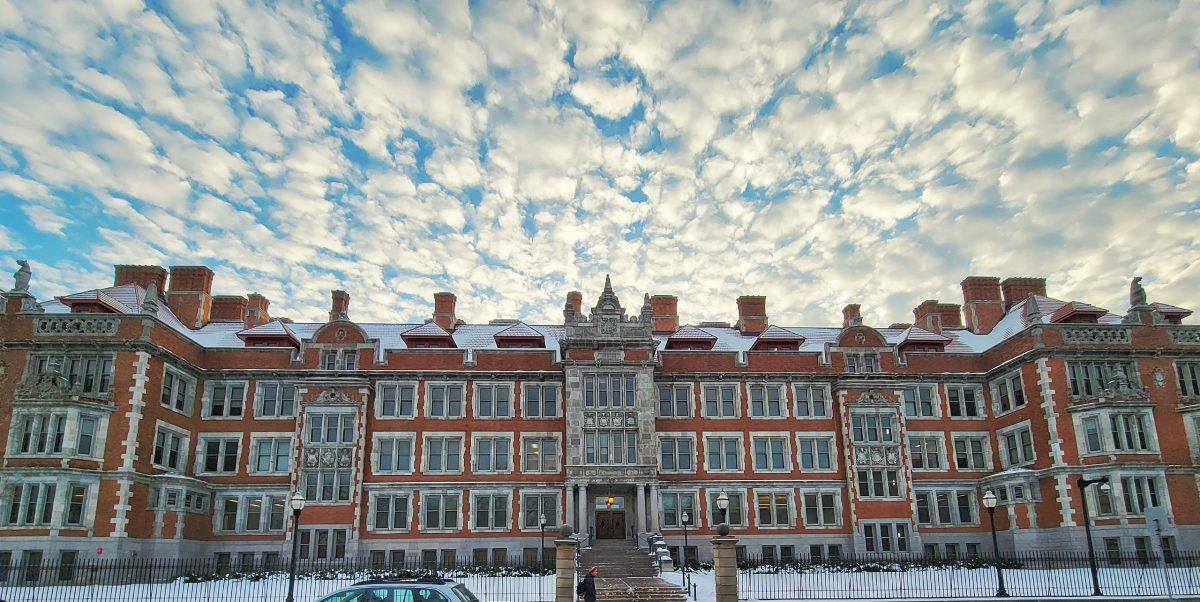Photo Credit: AHA Yearbook 2005
Think of the halls today: packed, crowded, and busy, right? But imagine adding around 300 more students to the student body. This is what life at AHA in the early 2000s was like, when there were more than 900 students here at AHA, almost 300 more students than are enrolled today. School in the early 2000s at AHA was a very different experience than it is today. We interviewed Mrs. Poshusta, who has been a math teacher here at AHA since 1985, to see how AHA has changed.
There are a few major parts about AHA that have changed, for both students and teachers. For teachers, Mrs. Poshusta touched on the fact that every single classroom was used for every period. Teachers often had to share their own classrooms with other teachers, which impacted their prep periods and often was a hassle. To add on to this, the fourth floor classrooms, which are not used today (except for band), were also utilized as language and religion classes. However, despite the 900 students, because every classroom was utilized, the class sizes were relatively the same, with about 30 students per class compared to the now approximately 22 students per class. Additionally, because the hallways were crowded with students during passing periods, backpacks were not allowed and students had to go to their lockers to grab the materials for their class.
When asked the question of whether she preferred having a larger or smaller student body, Mrs. Poshusta said there were pros and cons to both sides. Having a larger student body promoted more student participation in co-curricular activities. AHA also offered more academic courses because there were more students to participate. There were classes like Russian, home economics, and more fine art options. Having more students created a lively environment due to the significantly larger grade sizes. The larger student body packing the halls of AHA also had its disadvantages. During passing time, it was very challenging to maneuver around all of the crowds of students. Students used their lockers daily to keep their backpacks in because the hallways did not have enough space. Class sizes were significantly larger, and scheduling was much harder. Making schedules that accommodate all students and teachers was a rigorous process. It was much harder than it is now due to the larger numbers. The advantages and disadvantages created a different environment than the AHA of today.
So why does AHA have fewer students now then it did in the early 2000s? There are many reasons that could account for this decrease in students, including that the amount of students our age is smaller than it was a few years ago. Also, in the early 2000’s, there was a housing market crash that deeply impacted the United States as a whole. Housing prices were at their peak in 2006, and they did not decrease in price until around 2011. Additionally, within the beginning of the 2000s, a lot more Catholic highschools opened up, allowing there to be more options and allowing the student population to disperse throughout.
































